Why is my basil plant turning yellow? Keep your herbs healthy with these tips
Yellow basil leaves are a sign that something's wrong – we explain how to avoid this common problem

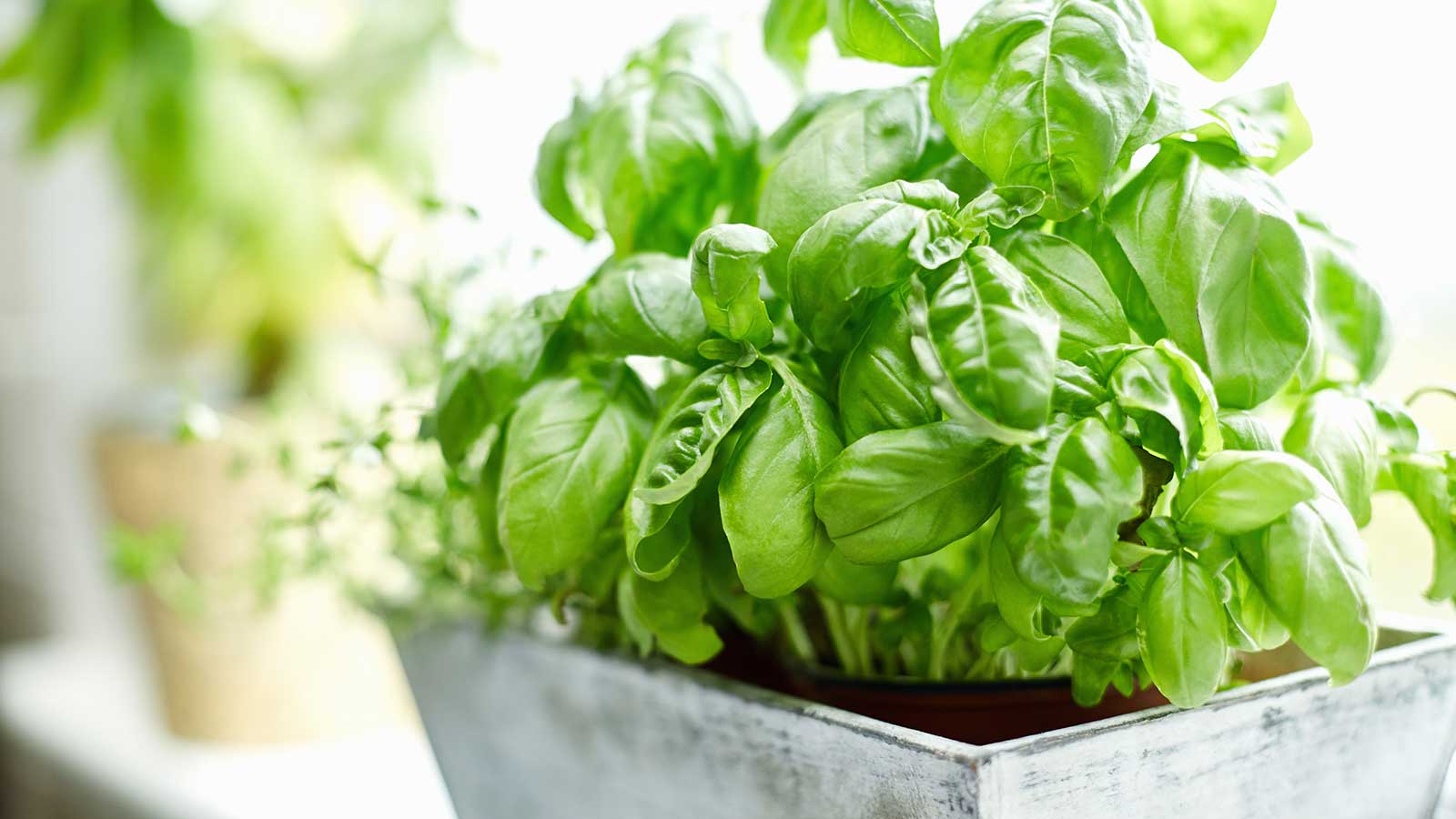
Wondering why your basil plant is turning yellow? These aromatic plants are a stalwart in the herb garden, but to enjoy them at their best, you'll want to keep their leaves fresh, luscious and green.
Put simply, yellowing leaves are a sign that something isn't quite right and your plant is stressed. But, with a few adjustments to how you grow basil, you could salvage your herb and continue to enjoy its flavor in many Mediterranean-inspired dishes to come.
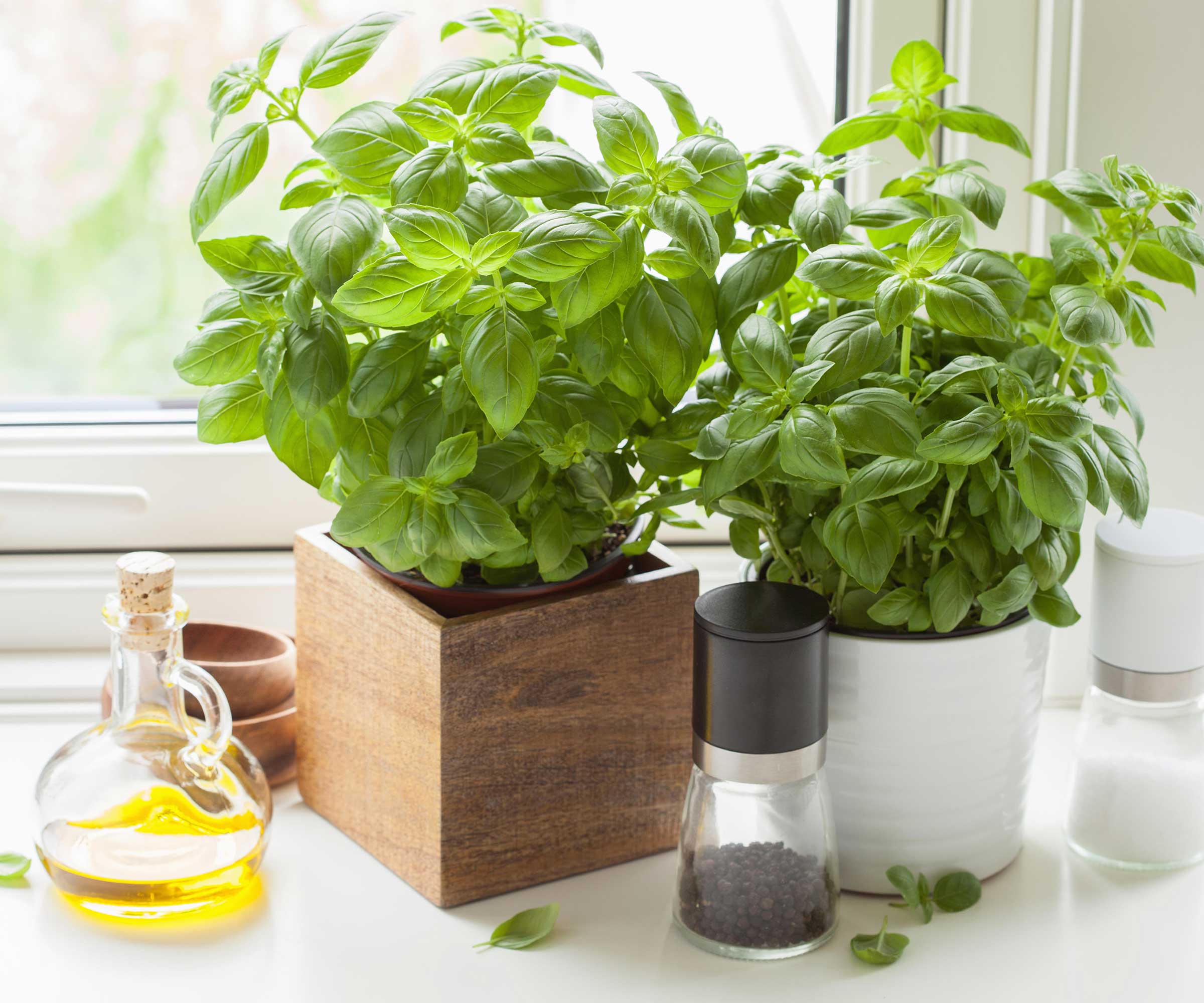
Pep up home-cooked dishes with a scattering of chopped basil leaves
5 common reasons why basil plants turn yellow
If you've added basil to your herb garden ideas – whether indoors or out – these tips will help you keep it happy and healthy. You'll be harvesting basil for picture-perfect garnishes and more in no time.

With previous experience working as a gardener as well as tending to an allotment, Holly is an avid grower and loves to fill her apartment with houseplants and herbs. Basil is one of her favorites to grow in pots in her kitchen.
1. Not enough light
Getting the lighting right is essential for growing plants successfully, and most herbs, especially those hailing from Mediterranean or tropical climes, need plenty of it to thrive.
Basil needs six hours or more of bright light per day, otherwise it can suffer and turn yellow. If you're growing herbs indoors, be sure to put your basil on a sunny windowsill that meets these requirements. If growing basil in pots on your patio, try moving them to a sunnier spot if needed.
On the other hand, it's important not to overdo it – too much light can burn the leaves, making them turn dry and shriveled with black or brown patches. 'If you live in an area with scorching midday sun, try to give your basil light shade during the hottest time of day,' says the experts at Fiskars on their website. In the South and Southwest, afternoon shade is a must, adds MiracleGro.
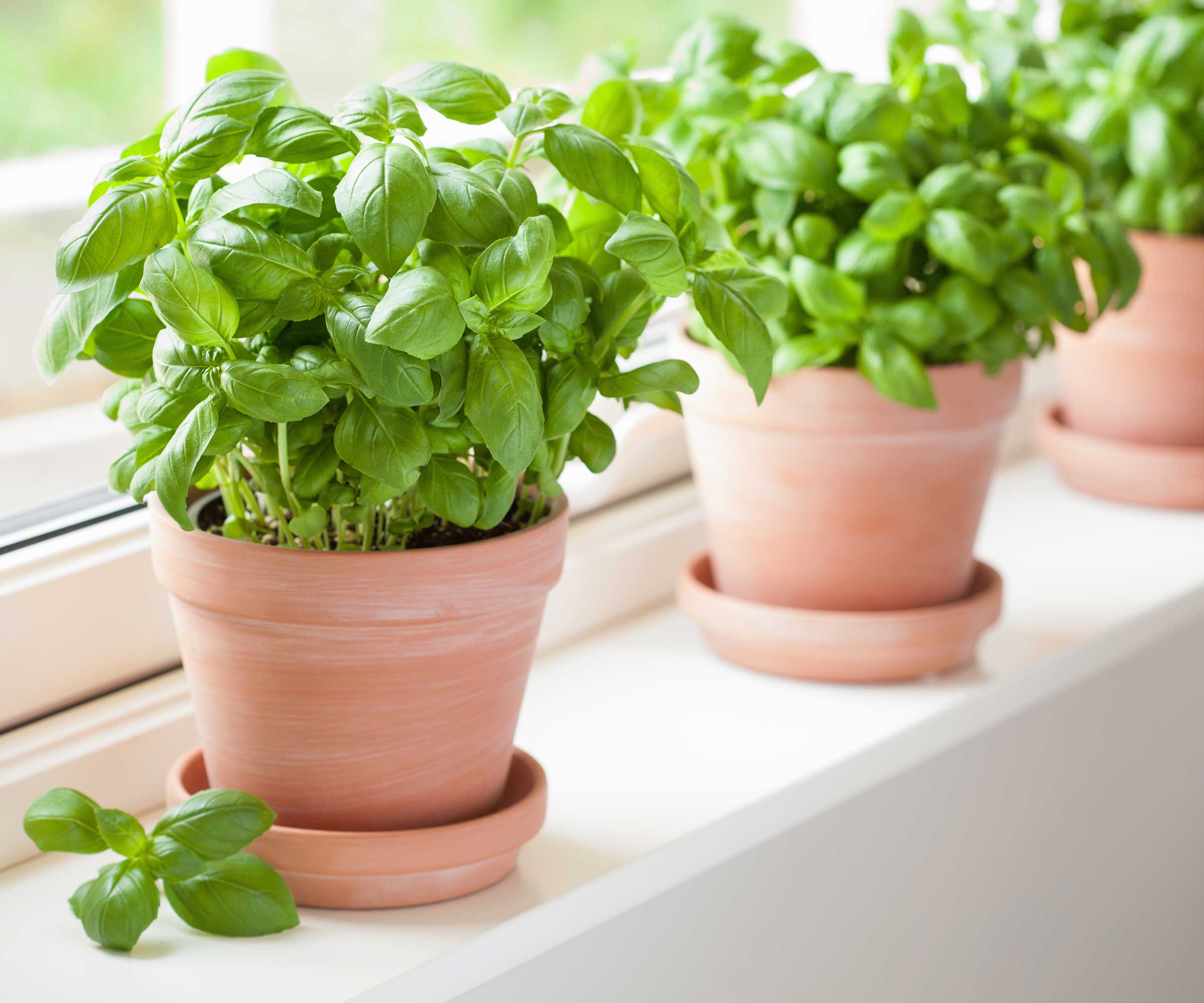
Place these plants where they can enjoy plenty of sun
2. The wrong temperature
As well as needing plenty of light, basil needs to be kept warm. 'If the temperature is too cold or the plant is exposed to drafts, the leaves will turn yellow,' says Diana, the owner of TheGardeningTalk.com.
Design expertise in your inbox – from inspiring decorating ideas and beautiful celebrity homes to practical gardening advice and shopping round-ups.
'Keep the basil plant in an area where the temperature is between 60-70˚F,' she advises. Avoid fluctuations in temperature by placing them away from air conditioning vents or radiators indoors.
Outdoors, try to put them somewhere relatively sheltered from high winds – next to a wall, for instance. If your basil is exposed to frost, the leaves will turn black and the plant will die.
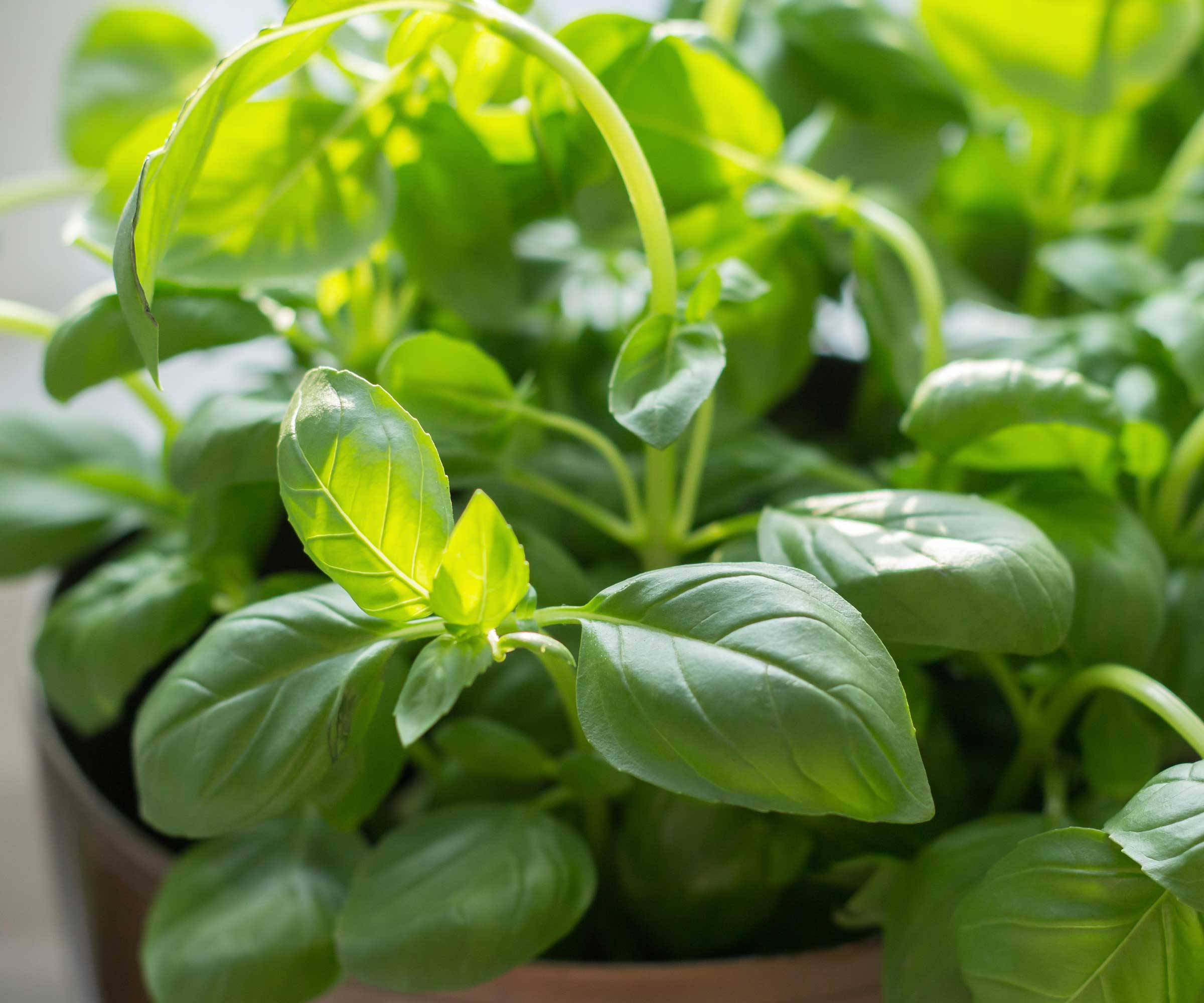
Don't let your herbs get too cold
3. Too much or too little water
Both over and under-watering can lead to your basil wilting, as well as the leaves turning yellow.
Over-watering is a common mistake – although surprising to some, it's possible to kill plants with kindness. Excessive amounts of water (often paired with inadequate drainage) makes the soil waterlogged. This, in turn, suffocates the roots and can lead to rot, which means valuable nutrients won't reach the plant as they should. The result? An unhealthy basil with a yellowing disposition.
Likewise, under-watering stops basil from getting the goodness it needs. The easiest way to check is to feel the soil with your finger. Ideally, the soil should be kept moist. If it's dry, give it a drink, allowing excess water to drain out of the bottom of the pot.
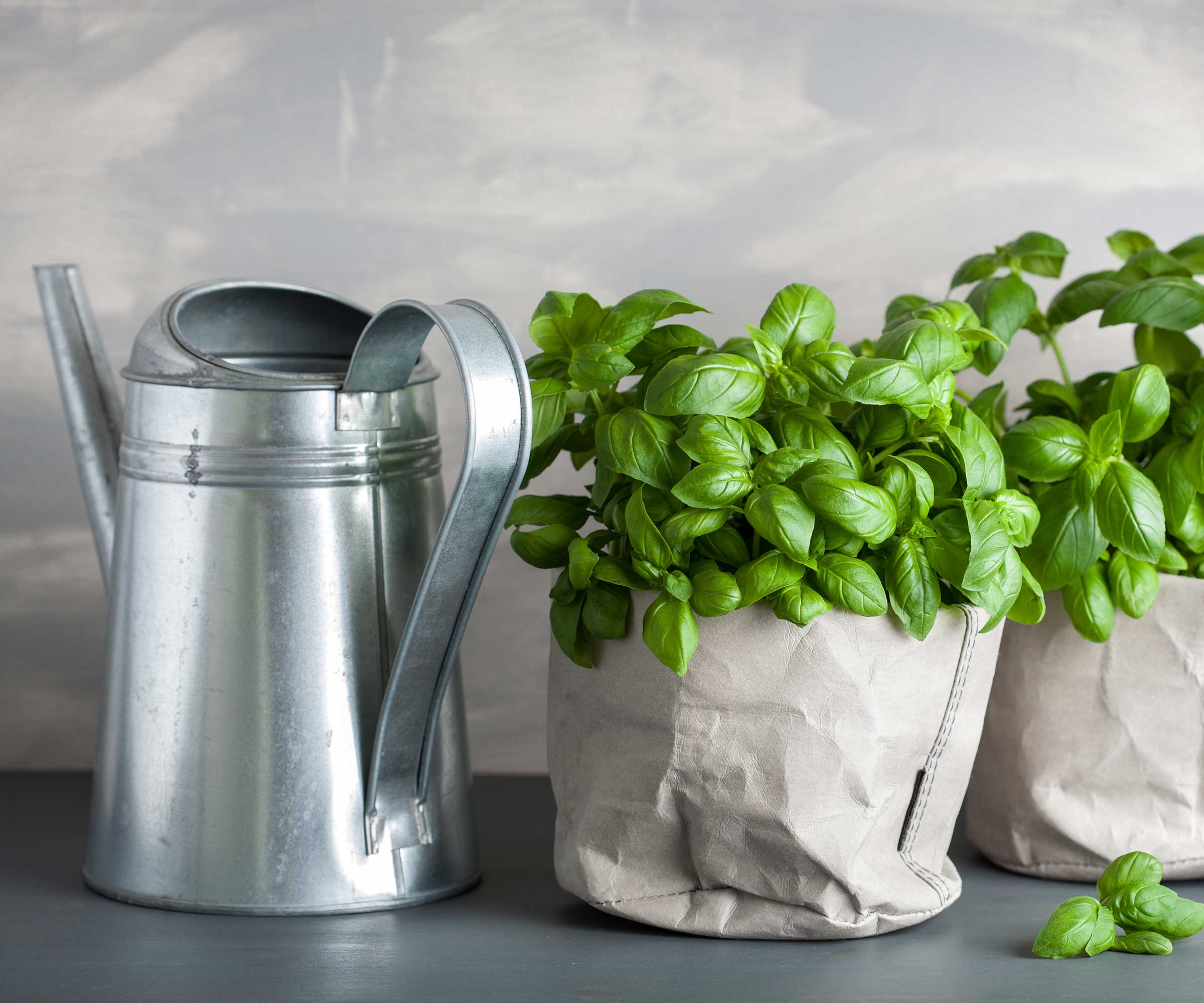
Watering these herbs properly is essential
4. Not enough nutrients in the soil
'Another common cause of yellowing leaves in basil is nutrient deficiencies, particularly a lack of nitrogen, magnesium or iron,' says James Rivenburg, the founder of PlantandPest.com.
Inspect the leaves more closely. James explains that pale yellow can indicate nitrogen deficiency, yellow-green leaves could indicate a lack of magnesium, and yellow with green veins often indicates a lack of iron.
To fix this, you can feed the plant lightly with a balanced liquid fertilizer (try Amazon) that contains all the necessary micronutrients. Proceed with caution, though: Fiskars warns that too much will affect the flavor. For basil in pots, apply a weak solution every month or so. For those in the ground, you can feed them even less: they suggest twice a season.
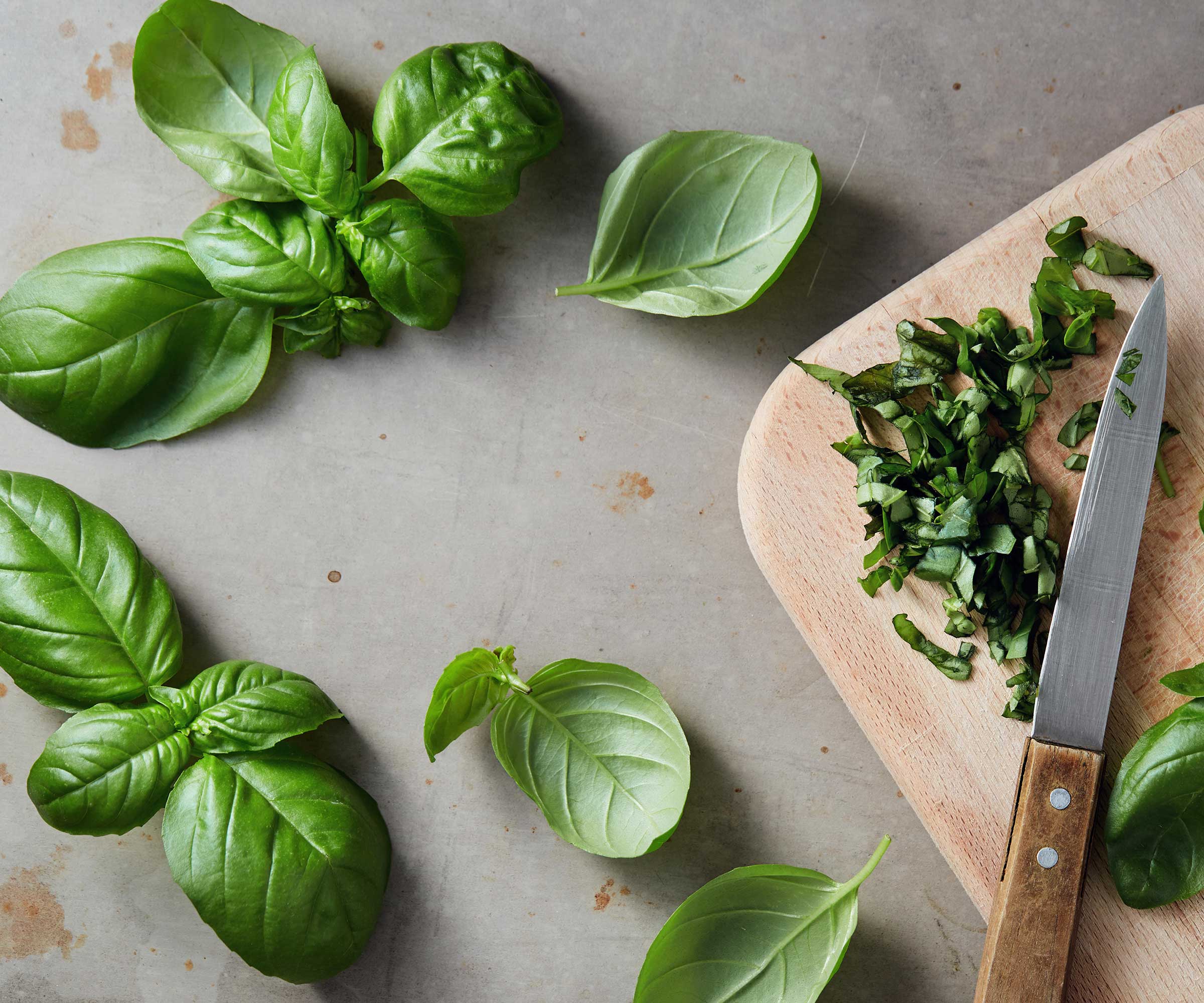
Basil is a delicious ingredient in the kitchen if the plant has been looked after correctly
5. Basil pests
Aphids are small insects that suck sap from leaves. As a result of the stress this causes, plants, such as basil, can turn yellow. What's more, these pests also encourage the development of sooty mold, a fungal disease.
Regularly check your herbs for these interlopers and deal with them promptly to help your basil bounce back to its former glory. The Royal Horticultural Society (RHS) advises squashing them with a finger or thumb, or, if growing your basil in a greenhouse, applying a biological control.
Spider mites can also be an issue and lead to the yellowing of basil leaves. Natural sprays can help keep them at bay.

Holly started writing about gardening five years ago, and she is a regular contributor to Homes & Gardens. She has also written many gardening features for Woman & Home and Real Homes, too. She has previous experience as a professional gardener, where she helped to plant and maintain private gardens. Holly has also looked after allotment plots over the years and loves to grow her own flowers and veggies from seed. In her spare time, she enjoys visiting local gardens, botanical drawing, and tending to her ever-growing collection of houseplants.